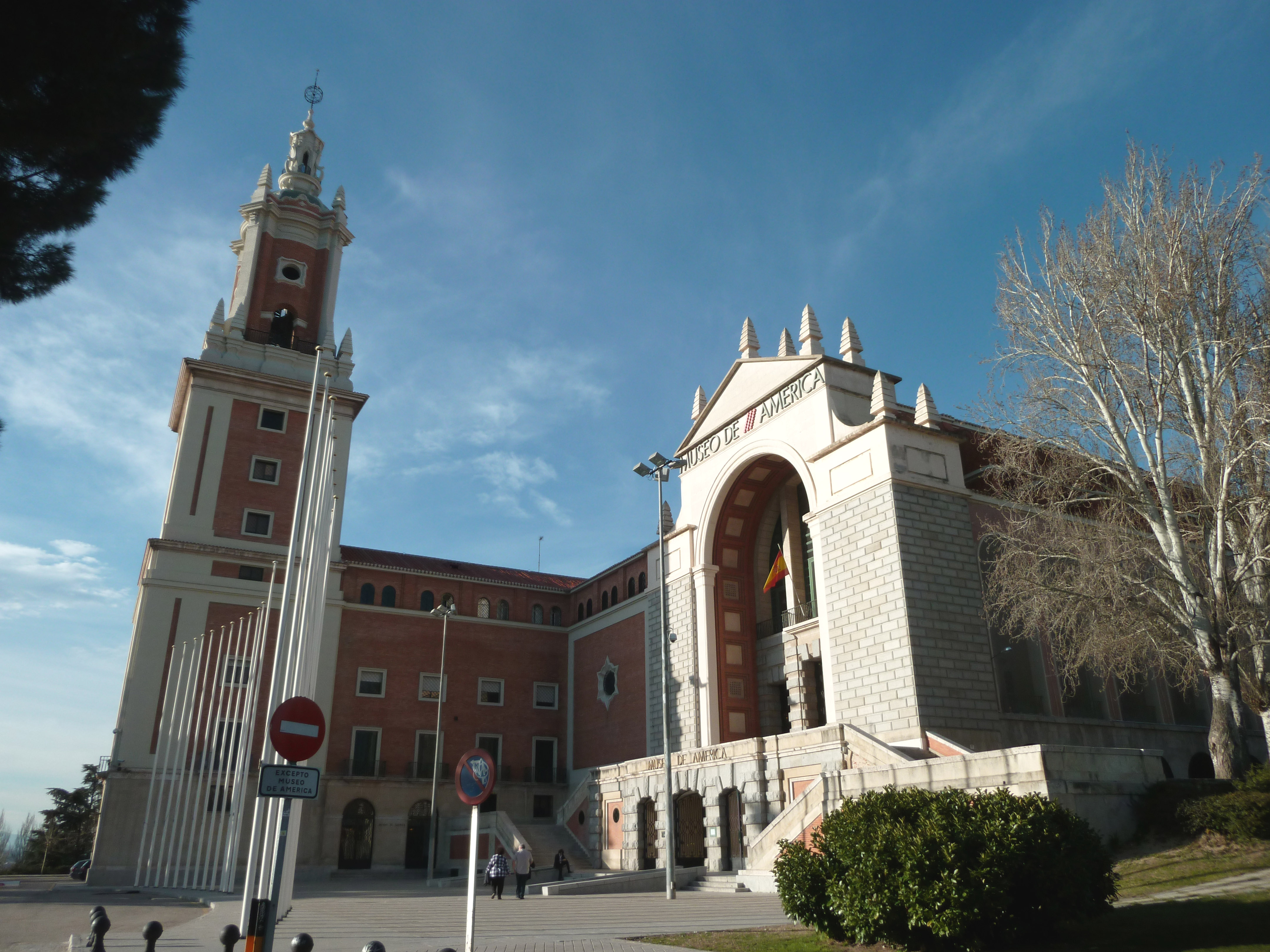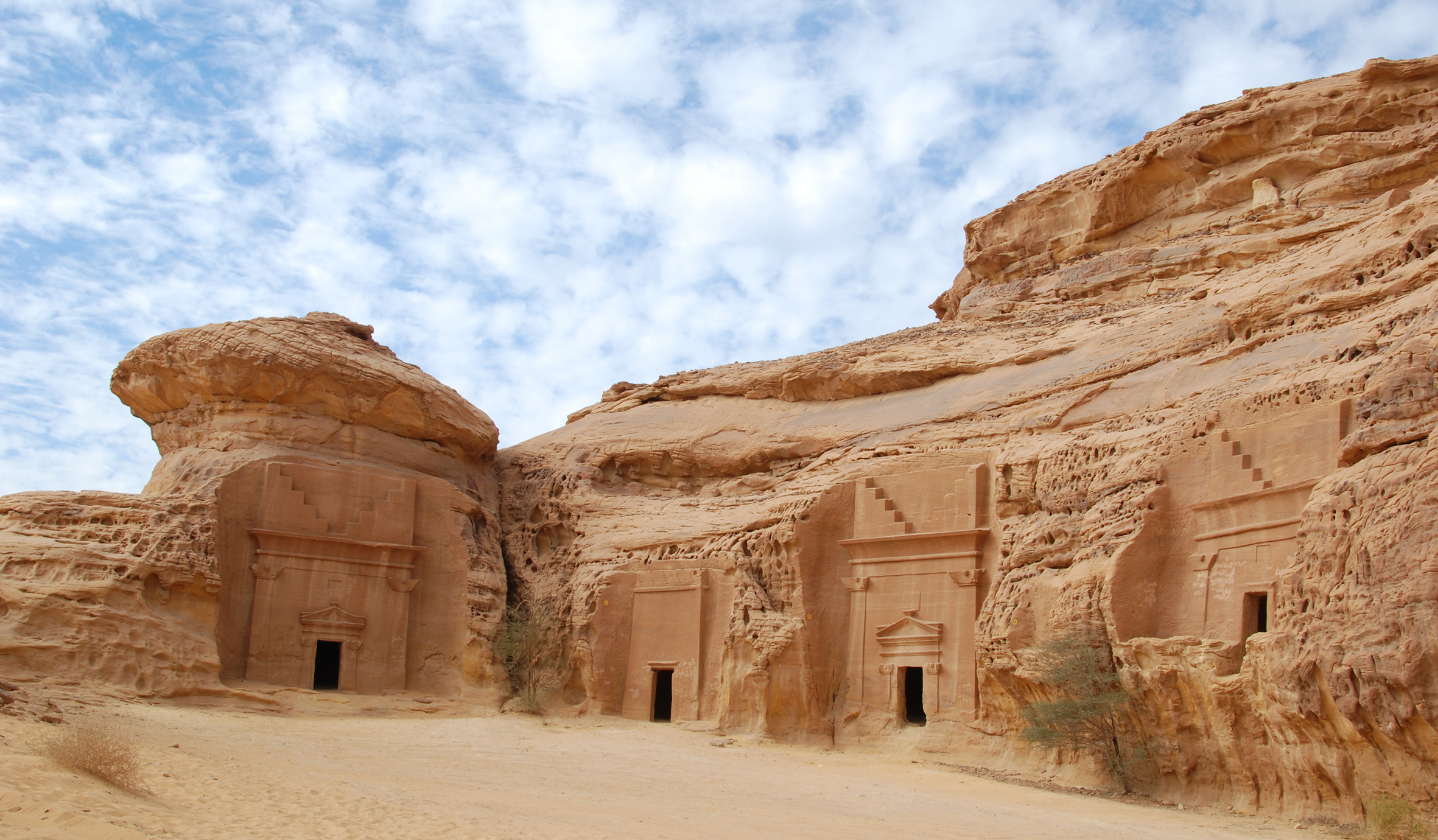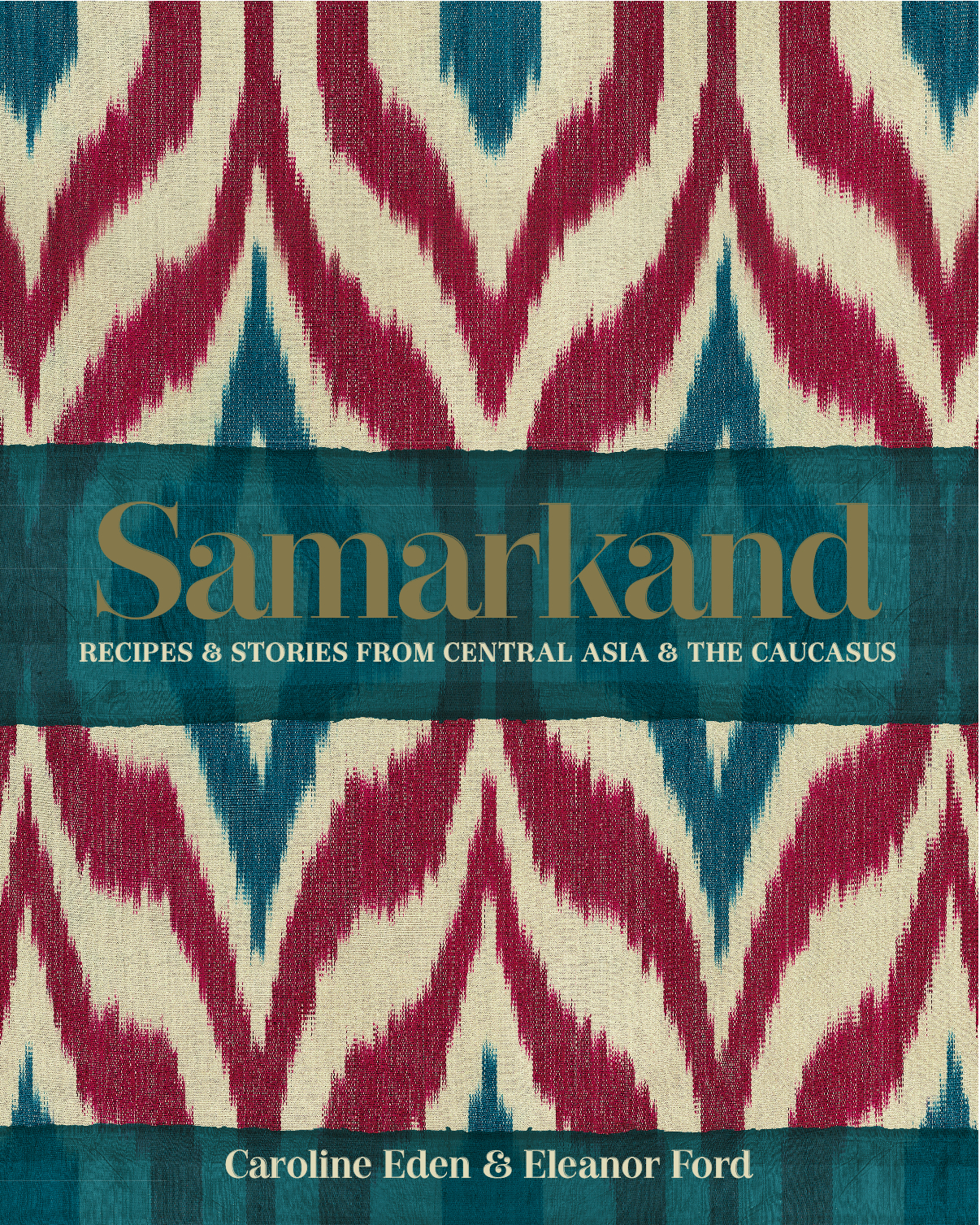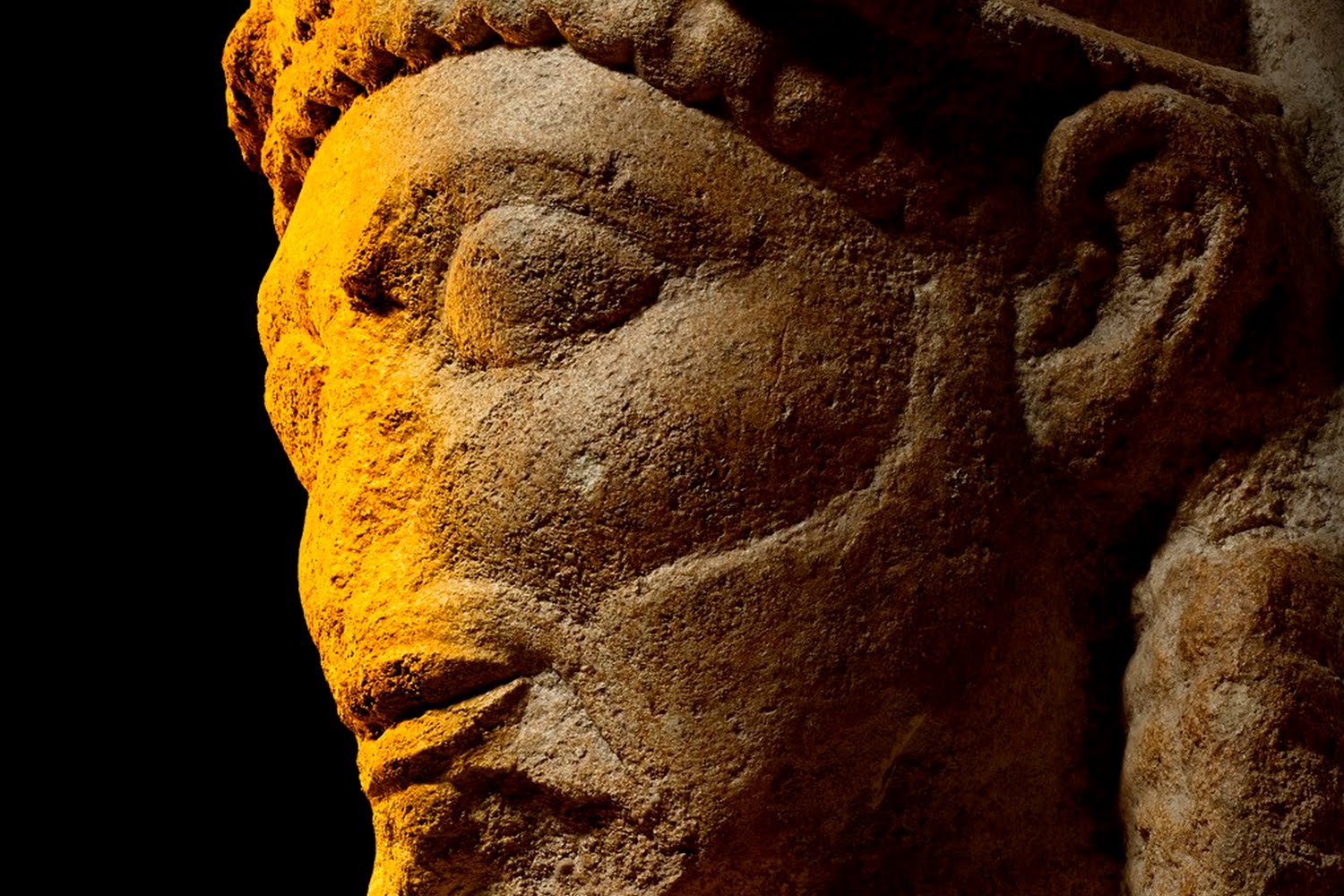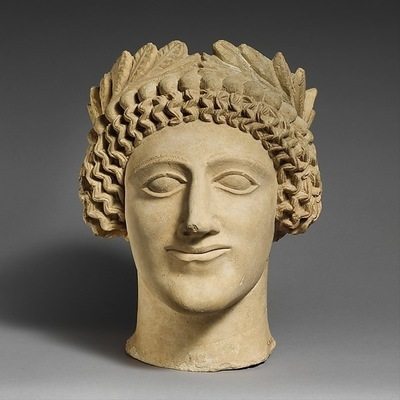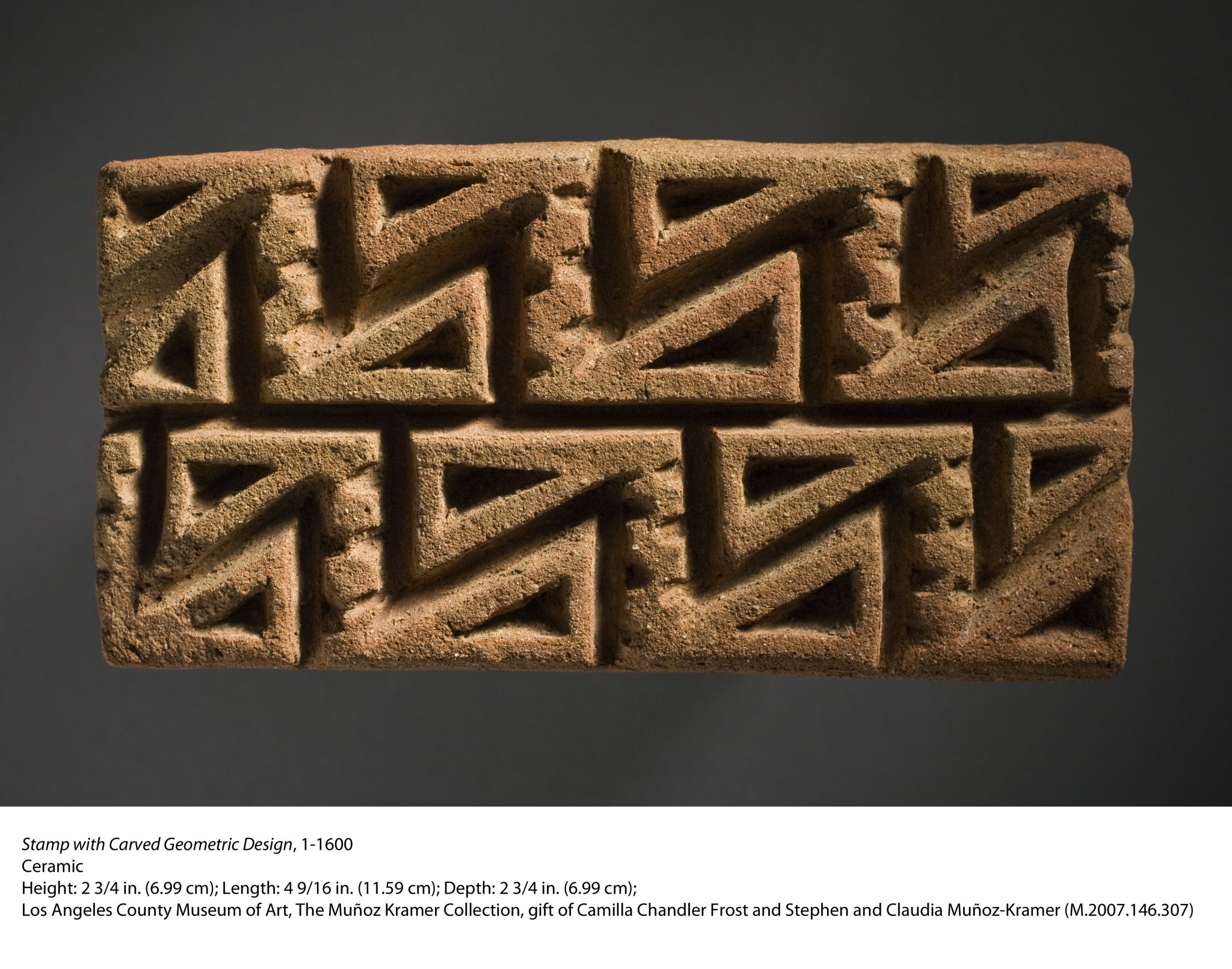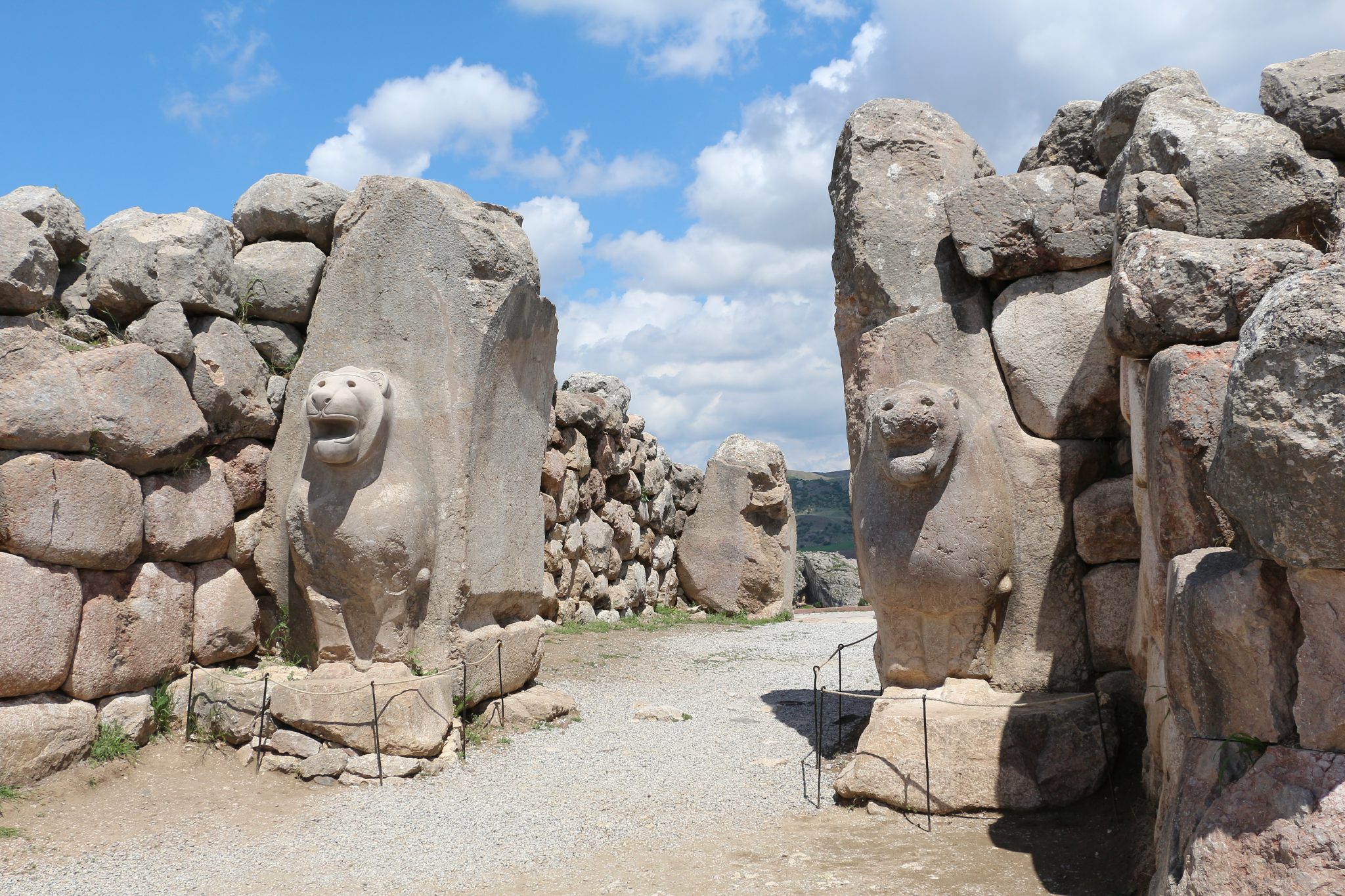From the dawn of civilization to the present day, human hair has seldom been worn in its natural state. Whether cut, shorn, curled, straightened, braided, beaded, worn in an upsweep or down to the knees, adorned with pins, combs, bows, garlands, extensions, and other accoutrements, hairstyles had the power to reflect societal norms. In antiquity, ancient hairstyles and their depictions did not only delineate wealth and social status, or divine and mythological iconography; they were also tied to rites of passage and religious rituals. Hair in the Classical World, now on view at the Bellarmine Museum of Art (BMA) in Fairfield CT, is the first exhibition of its kind in the United States to present some 33 objects pertaining to hair from the Bronze Age to Late Antiquity (1500 BCE-600 CE). The exhibition takes the visitor on a rich cultural journey through ancient Greece, Cyprus, and Rome, in an examination of ancient hairstyles through three thematic lenses: “Arrangement and Adornment”; “Rituals and Rites of Passage”; and “Divine and Royal Iconography.” In this exclusive 2015 holiday season …
